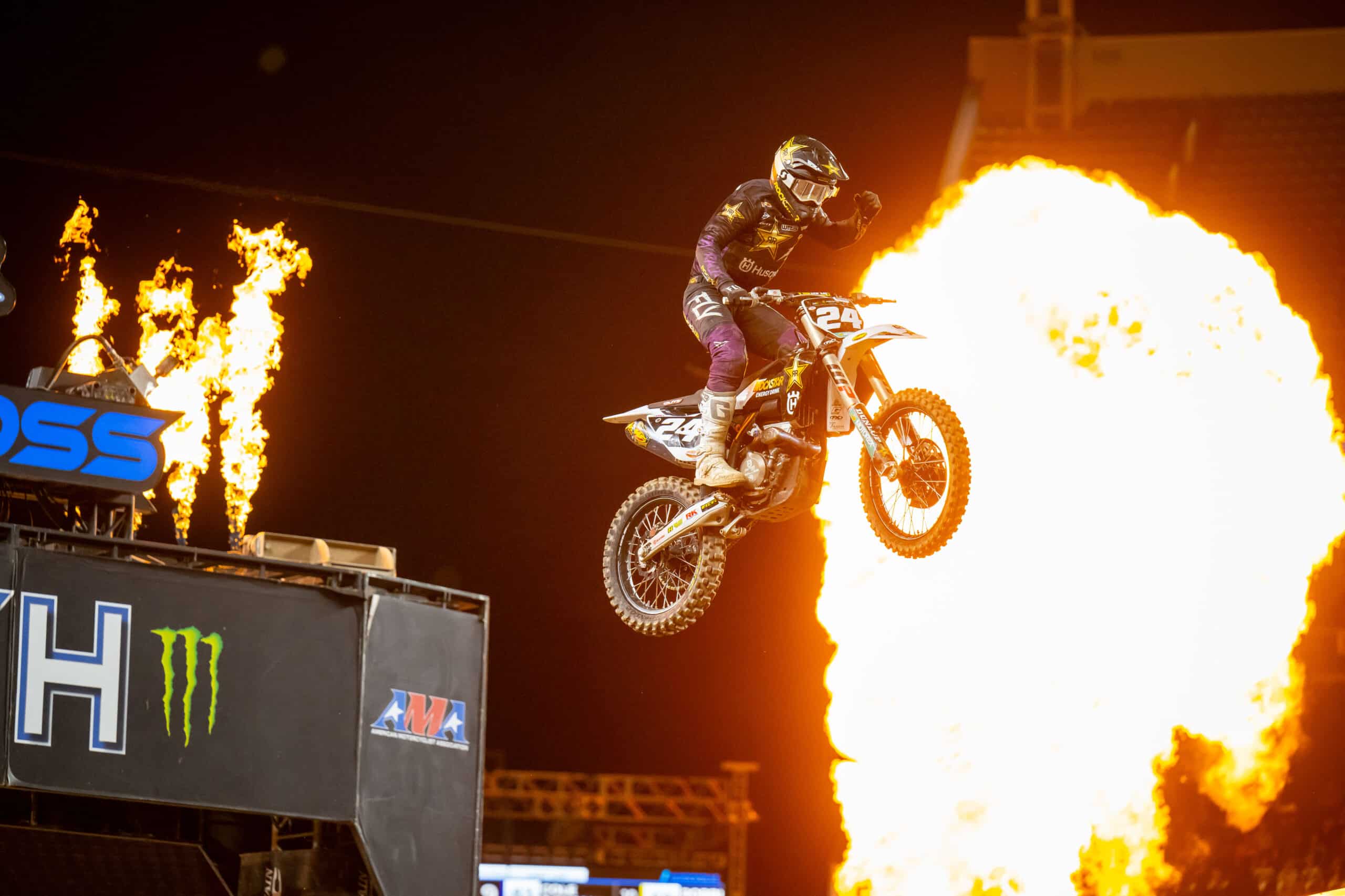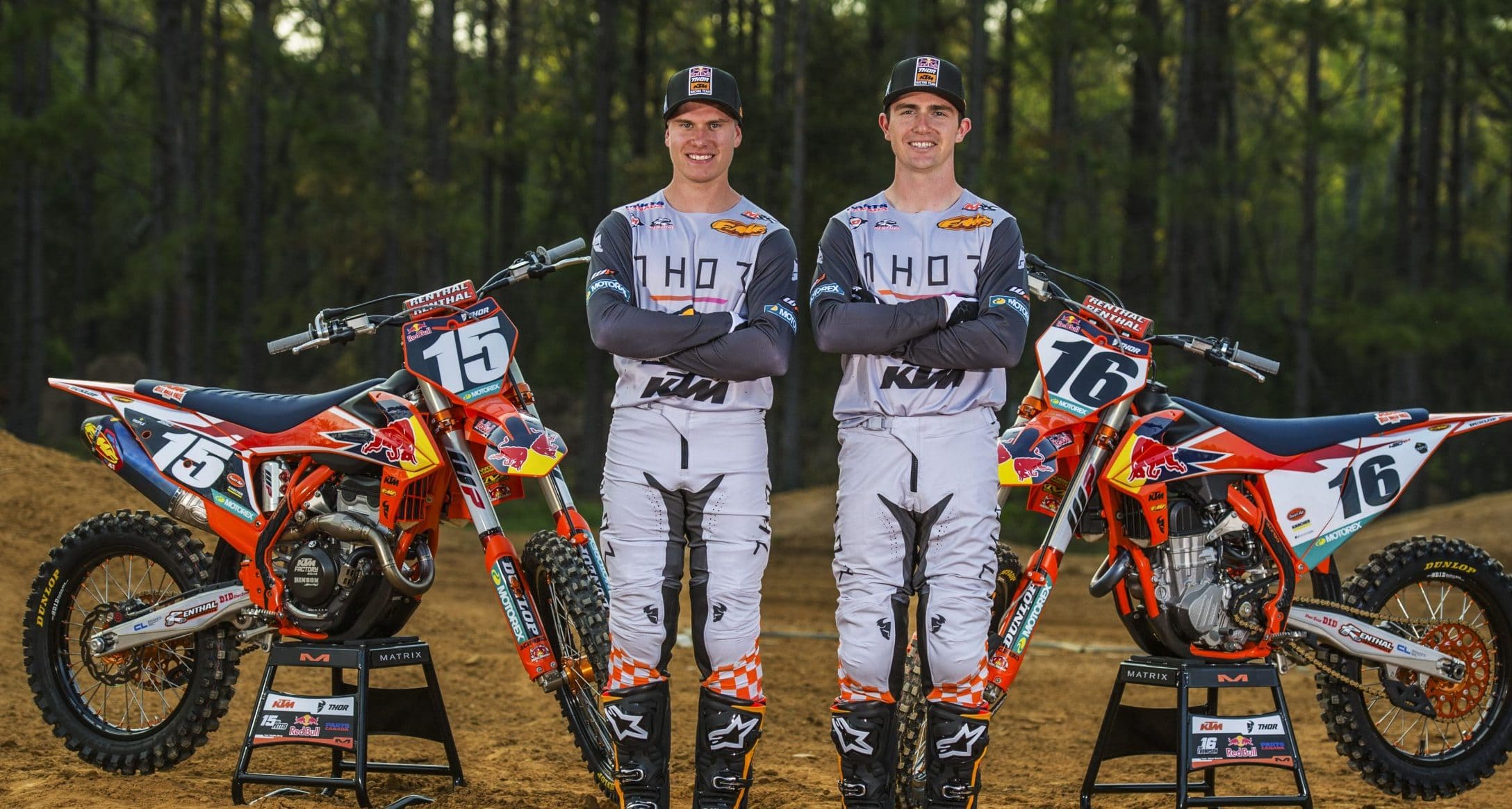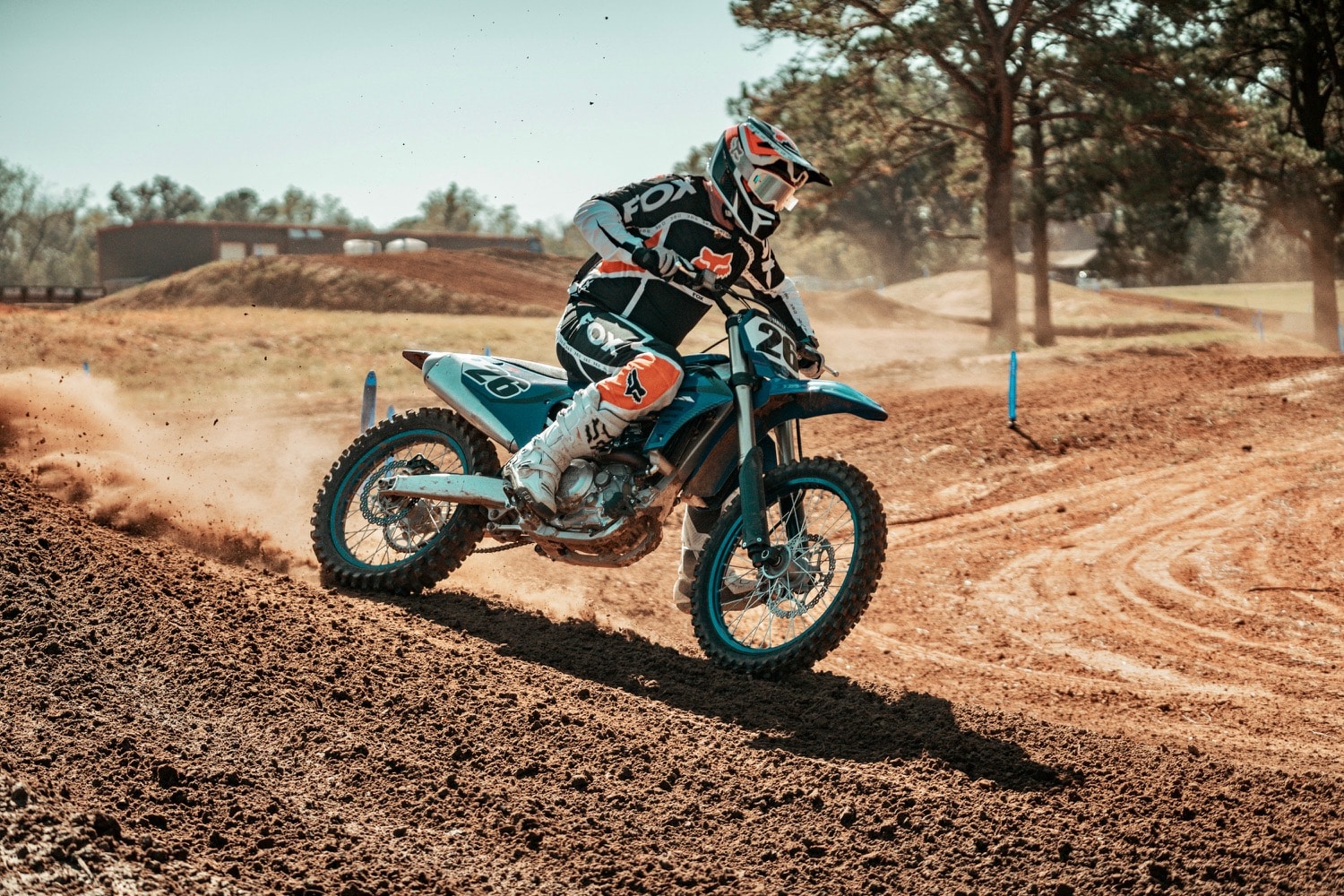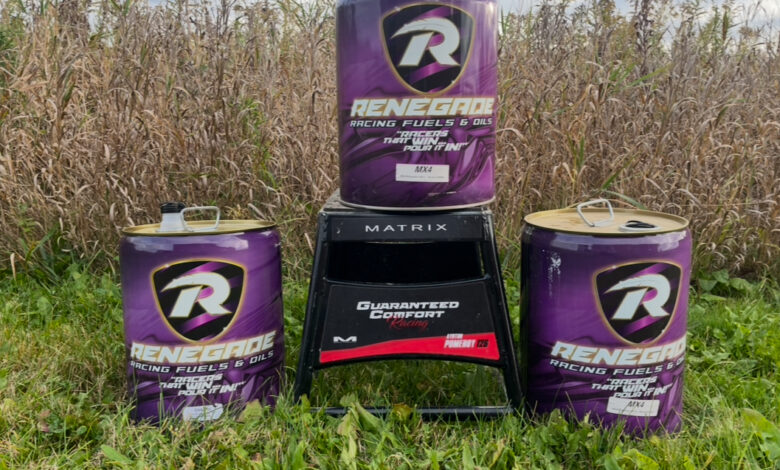
Is Race Fuel Worth It? A Deep Dive with Renegade Race Fuels
Over the years, motocross riders have chased performance gains through countless upgrades like exhaust systems, engine mods, suspension tweaks, and more. While some of these enhancements can shave seconds off lap times, they often come with a hefty price tag. So, the real question becomes: Is it worth it? Will the money you spend actually improve how your bike feels and performs on the track, and more importantly, will it help your race results?
After decades in this sport, I’ve spent my fair share on upgrades that didn’t move the needle. But just like we learn to pick better lines and refine our technique on the track, we also learn off the track, especially when it comes to what works for our bikes and what doesn’t.

Fueling the Past: The 1990s Two-Stroke Era
Back in the 1990s, when two-strokes ruled motocross, race fuel was a rarity. Unless your engine had higher-than-stock compression, pump gas was usually enough. I ran premium pump fuel in my practice bikes, but my race bikes, built for long national motos, needed higher-octane fuel to stay cool and run efficiently. Back then, fuel choice was simple: match the octane to your engine’s needs.
Today’s Fuel Landscape: Ethanol, Inconsistency, and the Rise of Race Fuel
Fast forward to today, and the fuel game has changed dramatically. Pump fuel now contains ethanol, a biofuel mandated since 2022 to make up at least 5% of every litre sold in Canada. Add in the supply chain disruptions from the 2020 pandemic, and you’ve got unpredictable fuel quality at the pumps. Even if you fill up at the same station every time, the fuel can vary, and so can your bike’s performance. That’s why more riders are turning to race fuel, not just for performance gains, but for consistency. Whether you’re running a two-stroke or four-stroke, mixing race fuel 50/50 with pump gas can improve throttle response, engine durability, and overall reliability. So, which race fuel should you choose? With so many brands on the market, let’s take a closer look at one that’s making waves: Renegade Race Fuel, distributed in Canada by Hall Race Fuel in Ontario.
Our Experience with Renegade Race Fuels
My son and I first tried Renegade Race Fuel last year after Steve Simms, Team Manager at WLTN Kawasaki, recommended it for my son’s KX250. We had just purchased the bike from the team; it had a slightly modified engine and a Vortex ECU but still ran stock compression. Technically, it didn’t need race fuel, but we took Steve’s advice and reached out to Blake Hall at Hall Race Fuel. He suggested we test both RM98 and MX4 from Renegade. A few days later, we had several cans of each fuel ready to go, perfect timing to test them in my son’s KX250 and my 2024 CRF450R.
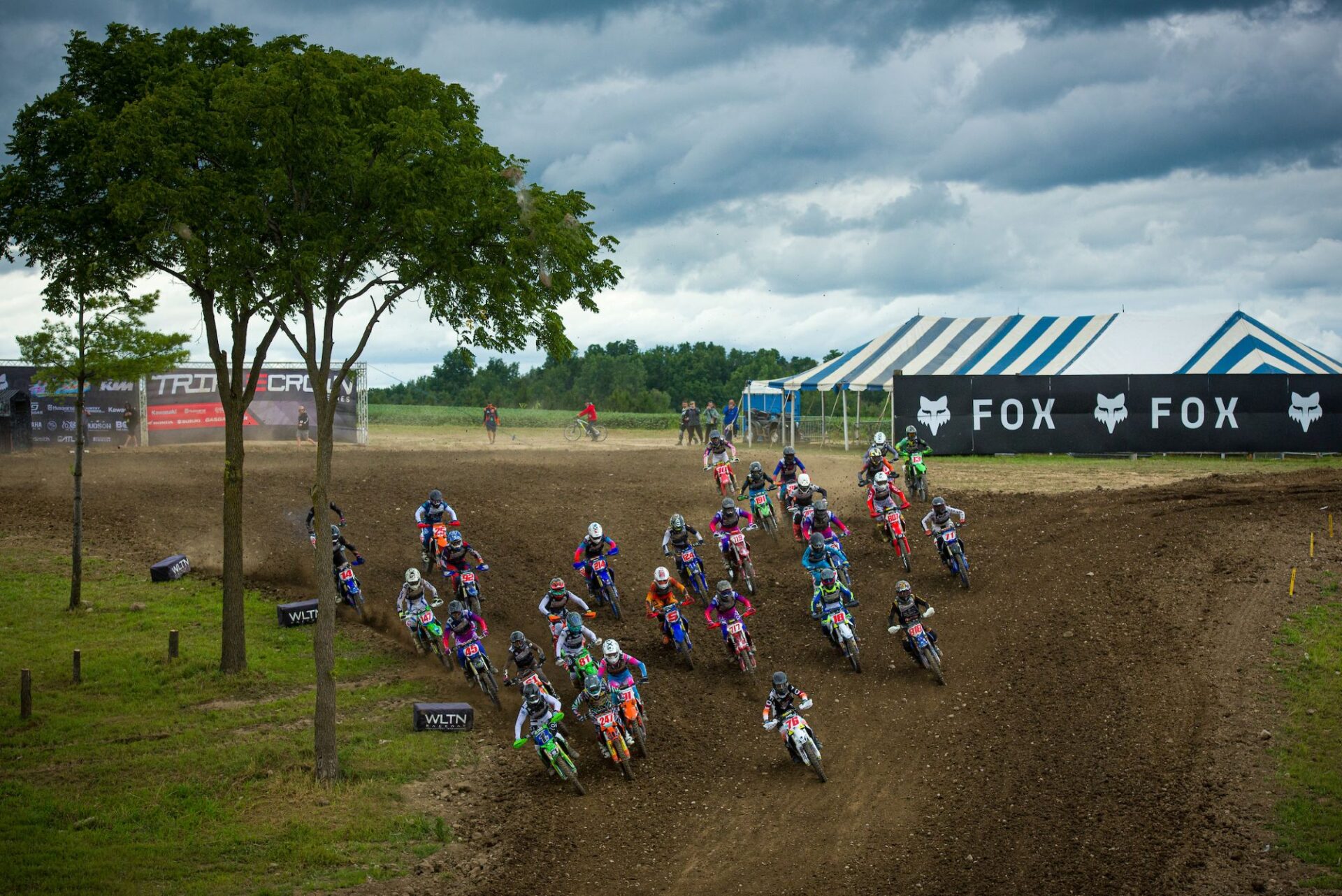
RM98: Crisp Throttle, Cooler Temps
We started with our usual pump fuel from a trusted local station. On a sunny May day with temps around 15–18°C, we rode for 30 minutes, wrote down our thoughts on how our engines were performing, and then drained the tanks and switched to RM98. The difference was immediate. Throttle response sharpened, and the engine sounded crisper. While high-RPM gains were minimal, the low-end performance was noticeably better. My CRF450R felt easier to ride, and my son’s KX250F showed similar improvements, especially exiting corners, where throttle response is key. Even after 30 minutes of hard riding, the RM98 held strong. No performance drop-off, no heat-related issues, just consistent power. My son ran RM98 throughout the 2024 Ontario AMO series and WCAN last summer, ultimately winning the Open JR WCAN Championship with it. Also, I used the RM98 fuel to win the +50 class at the 2024 Walton TransCan.
MX4: Pro-Level Power Across the Board
Next, we tested Renegade’s MX4, a premium fuel used by top teams like WLTN Kawasaki, Guaranteed Comfort Honda, Priority MX Thor GASGAS, and several teams racing in the Monster Energy Supercross series. MX4 delivered everything RM98 did, and more. Throttle response was sharp, but this time, the power gains extended across the entire RPM range. The bike felt stronger, more predictable, and more connected to the ground. Like RM98, MX4 maintained consistent performance throughout our motos. My son liked it so much, he ran MX4 all of this past season, along with his teammates on the Guaranteed Comfort Honda Team.
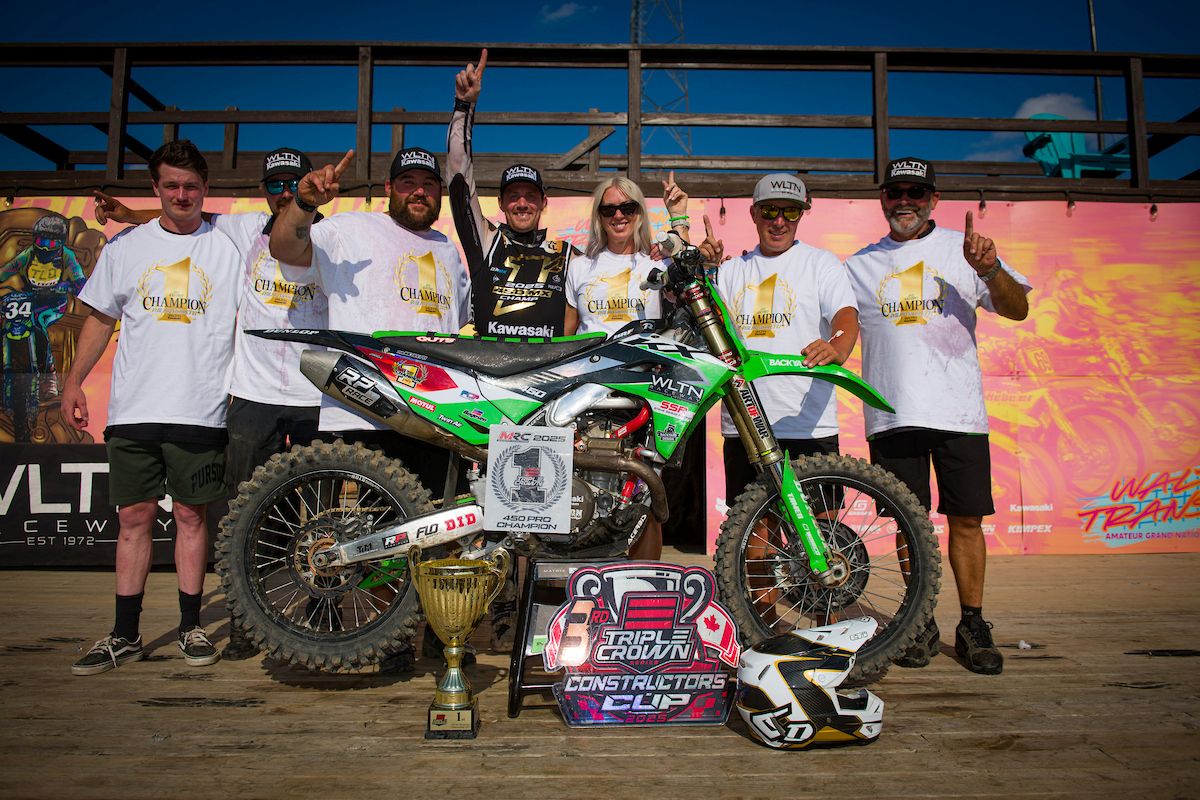
Is Race Fuel Worth the Cost?
Let’s be honest, race fuel isn’t cheap. After investing in bikes, gear, parts, and travel, the last thing you want is another expense. But race fuel isn’t just about speed, it’s about reliability and longevity. Modern pump fuel, with its ethanol content, can degrade seals and gaskets over time, leading to costly repairs. Renegade Race Fuel offer a cleaner burn, better throttle response, and improved engine durability, all at a competitive price.
If you’re serious about performance and consistency, Renegade is worth a look. To explore their full lineup of two-stroke and four-stroke fuels, and to find a Canadian dealer near you, visit www.hallracefuel.com.








